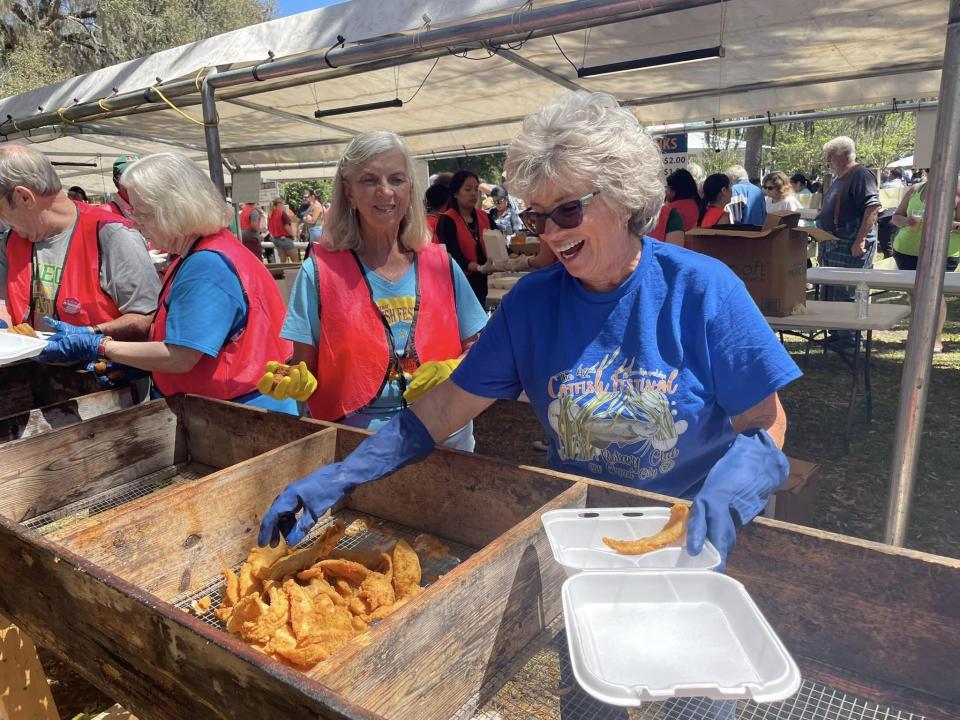You may still be getting the last of your crops in the ground from this spring’s planting, but it’s not too soon to be thinking about planting cover crops this fall to (quite literally) cover one of your farm’s most valuable assets − its soil.
Cover crops are a win-win for farmers: they reduce erosion, build organic matter, improve water quality and even help suppress weeds. But, unlike other long-term conservation practices, planting cover crops requires and annual commitment and expense. That’s why Ashland Soil and Water Conservation District (SWCD) is once again offering a variety of incentives to producers who plant cover crops in the county.
Cover crops are even more important here in Ashland County than in many other other parts of the state because of our topography. In the southern part of the county, we have higher slopes that really need winter cover to prevent erosion, and in the northern part of the county we have a lot of concerns with compaction and standing water. Cover crops can help with both of those issues.
Cover crops are plants that are planted with a primary purpose of covering the soil instead of being planted primarily for harvest or as a cash crop. Cover crops are a long-term investment in soil health, but because soil biology changes slowly over time, even though improvements begin taking place in their first year of planting, it may take several years before the cover crops yield a positive return on investment.
Cover crops are like a field of mini super heroes. They can battle compaction by breaking through a plow pan, improve biodiversity and attract pollinators and they can help counteract our changing weather patterns. They can increase soil’s organic matter to help hold and retain more water during intense rain events, and a mat of cover crops in the field can also help prevent the moisture that is in the soil from being lost to evaporation during drought events.
Cover crops are a top priority in Ashland Counth
All of these benefits combined with cover crops’ filtration powers can make significant impacts on water quality. That’s why Ashland SWCD’s board has identified growing cover crops in Ashland County as one of their top priorities, and the district is committed to offering numerous incentives for Ashland-area farmers to use cover crops on their farms.
The Muskingum Watershed Conservancy District has a long-term commitment to supporting cover crop use through its cost-share program, and this year we anticipate it will once again be an offered cost-share for up to 200 acres of cover crops within MWCD’s boundaries. Farmers within the direct watershed of any of MWCD’s lakes have no acreage cap on their fields for cost share. Traditionally, the offer has been $12 per acre cost share.
Farmers also can take advantage of using Ashland SWCD’s cover crop interseeder, equipment that was acquired through MWCD’s Partners in Watershed Management grant program to encourage producers to try interseeding cover crops directly into a standing cash crop 6-8 weeks after planting the cash crop. In fact, our interseeder has been used at Ohio Farm Bureau’s Blanchard River Demonstration Farm, sharing the process and results both on social media.
Idea is that when crop is harvested, cover crop is already established
In interseeding, the cover crop starts to establish, but because the cash crop has a head start, its canopy shades out the cover crop, slowing its growth. The result is that when the cash crop is harvested in the fall, the cover crop is already established and in-place in the field, so farmers don’t have to battle unpredictable fall rains to get their cover crop seeded. When the canopy opens up at harvest, the cover crop really takes off, and the soil is never without cover and protection from erosion.
This will be the sixth year Ashland SWCD will coordinate a county-wide aerial cover crop seeding program in early September. Aerial seeding and interseeding into a growing cash crop can be great options for a lot of Ashland County farmers.
We have large farmers who use the aerial seeding program as insurance to seed a portion of their acres in cover crops so they don’t have to worry about finding the right weather winds to get back into all of their fields a second time after harvest. And we also have smaller farmers who use the aerial program, especially if they have another job off the farm. There’s a lot of value in the time-savings they have knowing that someone else has already taken care of their cover crop seeding and that their cover crop is going to be in place protecting their most valuable resource: their soil.
Additionally, Ashland SWCD offers reduced no-till drill rental rates of $10/acre starting in July to use for cover crop establishment. During the spring, their drill rental rate is $12/acre. For more information about participating in any of Ashland SWCD’s cover crop incentive programs, contact Eikleberry at 419-289-4248 or at ewhite@ashlandcounty.org.
Jane Houin is the director of the Ashland Soil & Water Conservation District.
This article originally appeared on Ashland Times Gazette: Many soil, environment, farming benefits to cover crops
Signup bonus from





